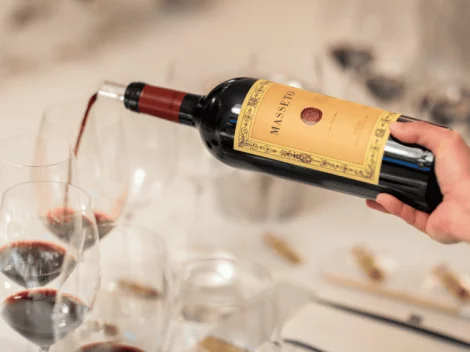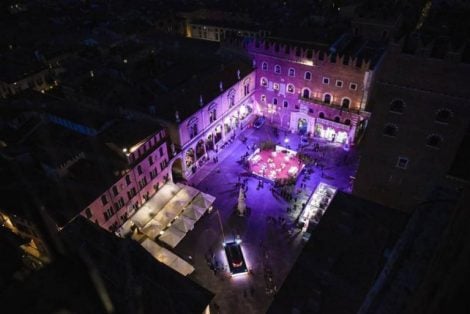Declining wine consumption, increased interest in organic and natural products, a focus on no and low alcohol, a shift towards mixed drinks, and eco-friendly packaging (including cans). These are some of the trends emerging globally and highlighted at the third Forum mondiale delle Donne del Vino (World Forum of Women in Wine), organised in Rome by the association led by Daniela Mastroberardino.
From Argentina to Australia, China to France and Germany, the situation appears fairly consistent, as evidenced by the testimonies of 12 representatives from women’s winemaking associations: young people are drinking less wine and require new strategies and communication approaches to be engaged.

Sparkling, organic, and low-alcohol wines
“In Germany, wine consumption is shrinking due to the economic crisis. Younger consumers prefer cocktails; wine is too complicated a drink for their new lifestyle,” explains Trixi Bannert (Vinissima). For Melanie Pfister (Femme de Vin), in France, the trend is towards “lighter wines with very low alcohol content: whites are more popular. The same applies to packaging: fewer bottles with corks and an increase in bag-in-box options.” “Young people? They prefer lighter wines: rosés, sparkling, and orange wines,” reports Sanja Muzaferija (Women on Wine) from Croatia. Outside Europe, trends are very similar. “In Georgia, Generation Z loves bottle-fermented Pet Nats,” adds Tamara Gvaldze (Georgian Association of Women Winemakers). “They seek freshness, lighter and sustainable packaging,” says Cristina Pandolfi (Amuva) from Argentina. “In Chile, young people represent 11% of wine consumers and prefer easier-to-drink wines with low alcohol content, sweeter and more fruity,” adds Cristina Alvarez Gonzalez (Muv Chile). For Nicky Grandorge of New Zealand Women in Wine, young people lean towards “alternative beverages to wine, preferably low alcohol.” “In Canada, cider and beer are popular,” notes Susana Ochoa Vega of the Canadian Women’s Wine Association. “The future? Low-alcohol wines and organic, natural wines.”
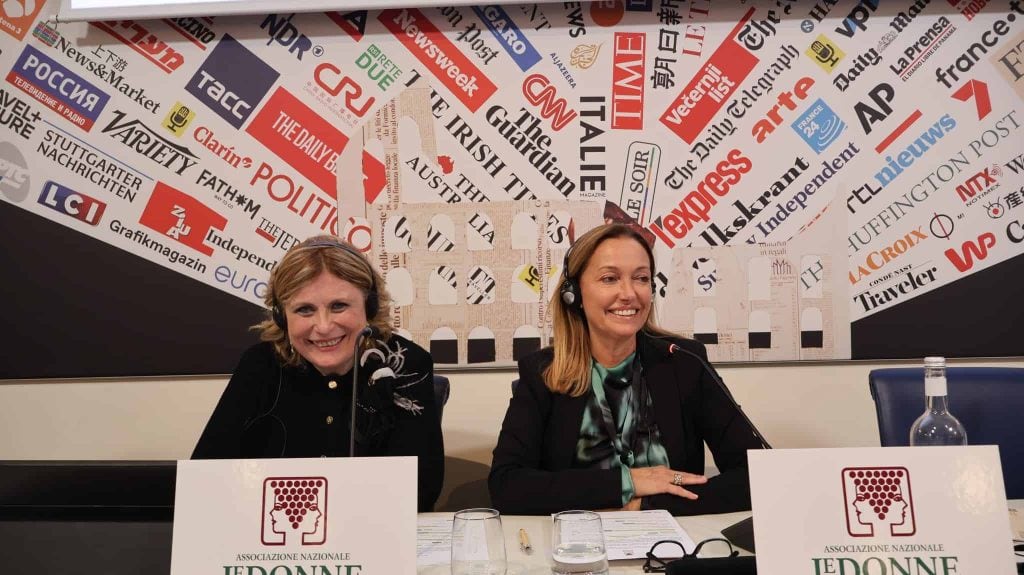
Thinking without prejudice
Italian Women in Wine president Daniela Mastroberardino, prompted by Gambero Rosso, concluded with a focus on low and no-alcohol wines, which are still not producible in Italy: “There are many trends shared with the rest of the world: packaging, sustainability, low alcohol content. I believe we must think without prejudice and go beyond the barriers and preconceptions that wine still has about certain product types.”
Supporting this, data from Nomisma Wine Monitor, presented by Roberta Gabrielli, shows that in the last 20 years, wine consumption in Italy has dropped from 29.3 million hectolitres in 2003 to 21.8 million in 2023, with significant shifts in tastes. According to a recent Wine Monitor survey on wine consumers, 93% of Gen Z looks for wines with sustainability certifications, 59% prefer clear glass packaging, 53% opt for low-alcohol wines, 31% want dealcoholised wine, and 11% would choose canned wine.
The world is changing. Is Italian wine ready for the challenge?
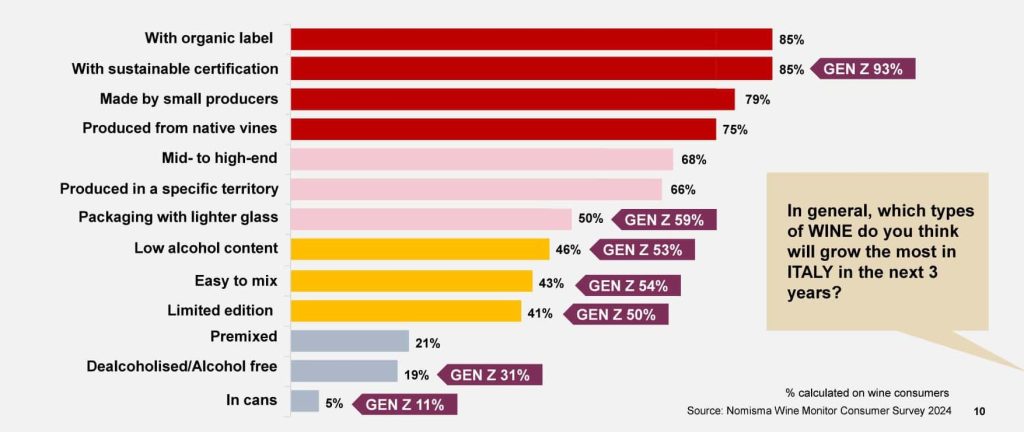


 Wine was a drink of the people as early as the Early Bronze Age. A study disproves the ancient elitism of Bacchus’ nectar
Wine was a drink of the people as early as the Early Bronze Age. A study disproves the ancient elitism of Bacchus’ nectar "From 2nd April, US tariffs between 10% and 25% on wine as well." The announcement from the Wine Trade Alliance
"From 2nd April, US tariffs between 10% and 25% on wine as well." The announcement from the Wine Trade Alliance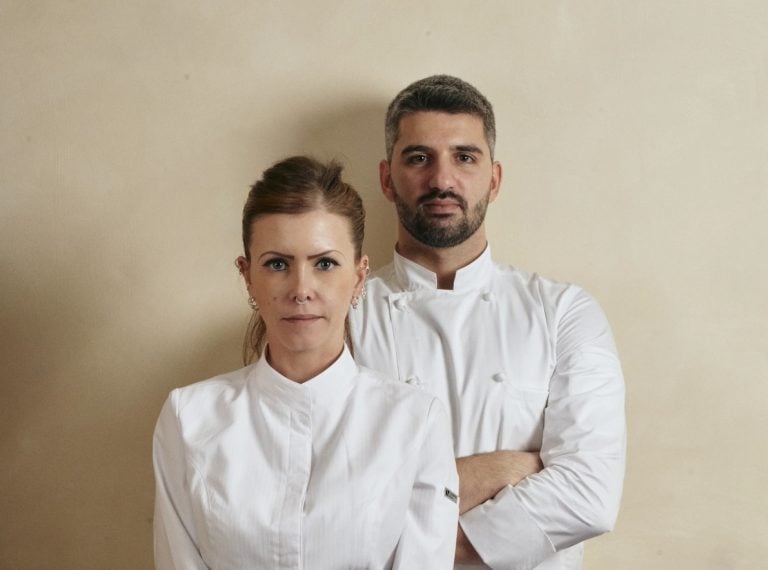 Michelin surprise: in France, the guide rewards Italian chefs
Michelin surprise: in France, the guide rewards Italian chefs Vinitaly 2025: "Piwi should not be included in the DOCs. Dealcoholised wines? I have changed my mind." Angelo Gaja's position
Vinitaly 2025: "Piwi should not be included in the DOCs. Dealcoholised wines? I have changed my mind." Angelo Gaja's position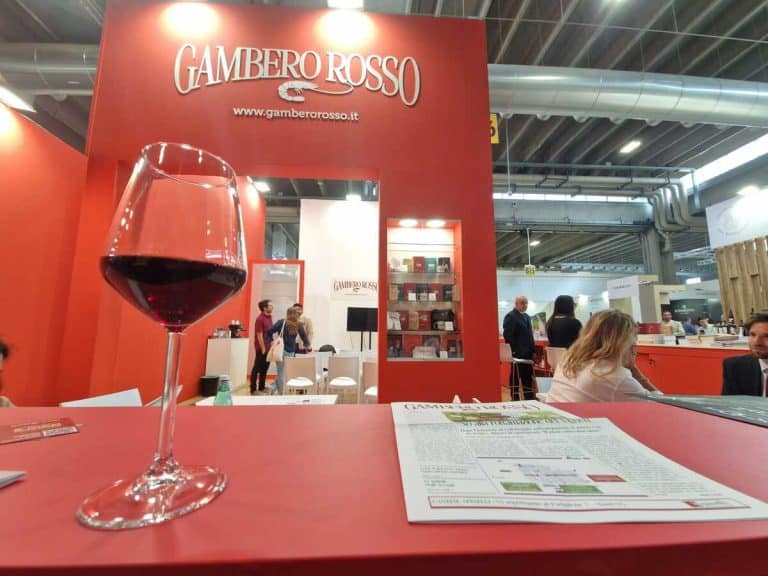 Vinitaly 2025: here are all the events by Gambero Rosso. Tre Bicchieri, debates, TV and much more...
Vinitaly 2025: here are all the events by Gambero Rosso. Tre Bicchieri, debates, TV and much more...


